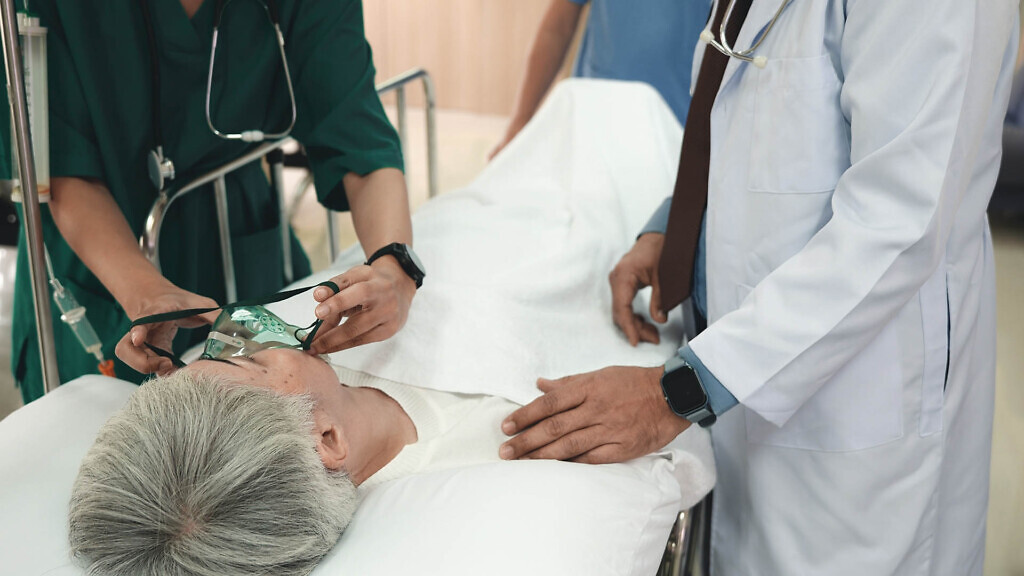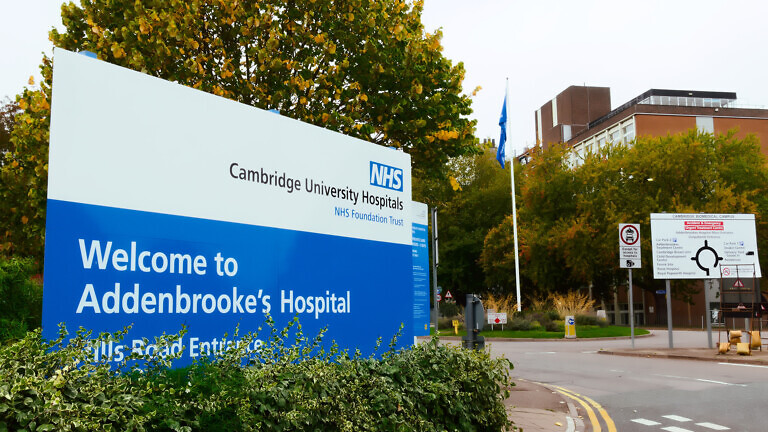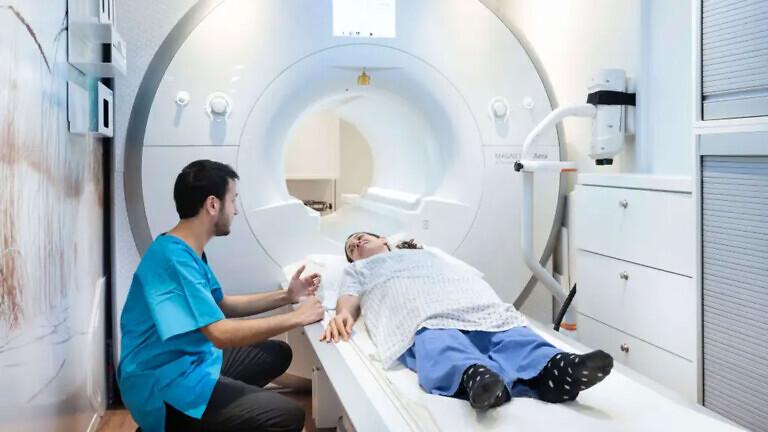The long running debate about the use of physician associates has come to an end with the publication of the Leng Report.
The long-running debate about the use of physician associates and anaesthesia associates (PAs and AAs) is over after the government accepted all the recommendations of an independent review into how they are and can be used.
Launched in November 2024, a review chaired by Gillian Leng looked into the safety of the roles of PAs and AAs and how they support wider health teams. She has made 18 recommendations aimed at providing clarity to patients and improving patient safety.
Health and social care secretary Wes Streeting confirmed he would accept all the recommendations and would direct NHS England to write to systems leaders setting out the immediate actions for them to take.
Resident doctors have raised concerns about the safety and lack of clarity for PA and AA roles.
“We’re accepting all of the recommendations of the Leng review, which will provide clarity for the public and make sure we’ve got the right staff, in the right place, doing the right thing. Patients can be confident that those who treat them are qualified to do so,” said Streeting.

Supportive members
PAs will in future be identified as physician assistants and AAs will be renamed as physician assistants in anaesthesia, to reflect their role as supportive members of medical teams. They will also not be able to treat undiagnosed patients, except within clearly defined cases.
Permanent faculties will be established to provide professional leadership and set standards for physician assistants and physician assistants in anaesthesia. They will also form part of a clear team structure – led by a senior clinician – where everyone is aware of their roles, responsibilities and accountability.
Doctors will receive training in line management and leadership, ensuring they can properly fulfil their supervisory roles.
“Now it’s time to focus on delivery: bringing clarity for patients, complementarity between doctors and assistant roles, collaboration across teams, focused on ensuring safe and effective high-quality care,” said Leng.
Confusing and misleading
The British Medical Association called the recommendations of the review “helpful”.
“It is good to see that our longstanding call to change the job title to “assistant” has been listened to. It should not have needed a report like this to tell NHS leaders that the title “physician associate” is confusing and misleading for patients,” said BMA’s chair of council Tom Dolphin.
Similarly Hilary Williams, incoming clinical vice president at the Royal College of Physicians, welcomed the proposals made in the report. “This report is very clear that reform is urgently needed to ensure safe multi-professional team-working in the NHS, and we welcome a strong focus on national consistency, patient safety, collaboration and clarity of role and scope,” she said.
It was left to trade union general secretary Stephen Nash of United Medical Associate Professionals to sound a note of caution that the recommendations could limit rather than increase patients’ access to care. He took issue with the fact that PAs will not be able to treat undiagnosed patients. “We believe this will only compound the backlog for appointments with GPs and consultants and entirely negates the benefit of having such highly trained medical professionals available on wards and in local surgeries,” he said.



